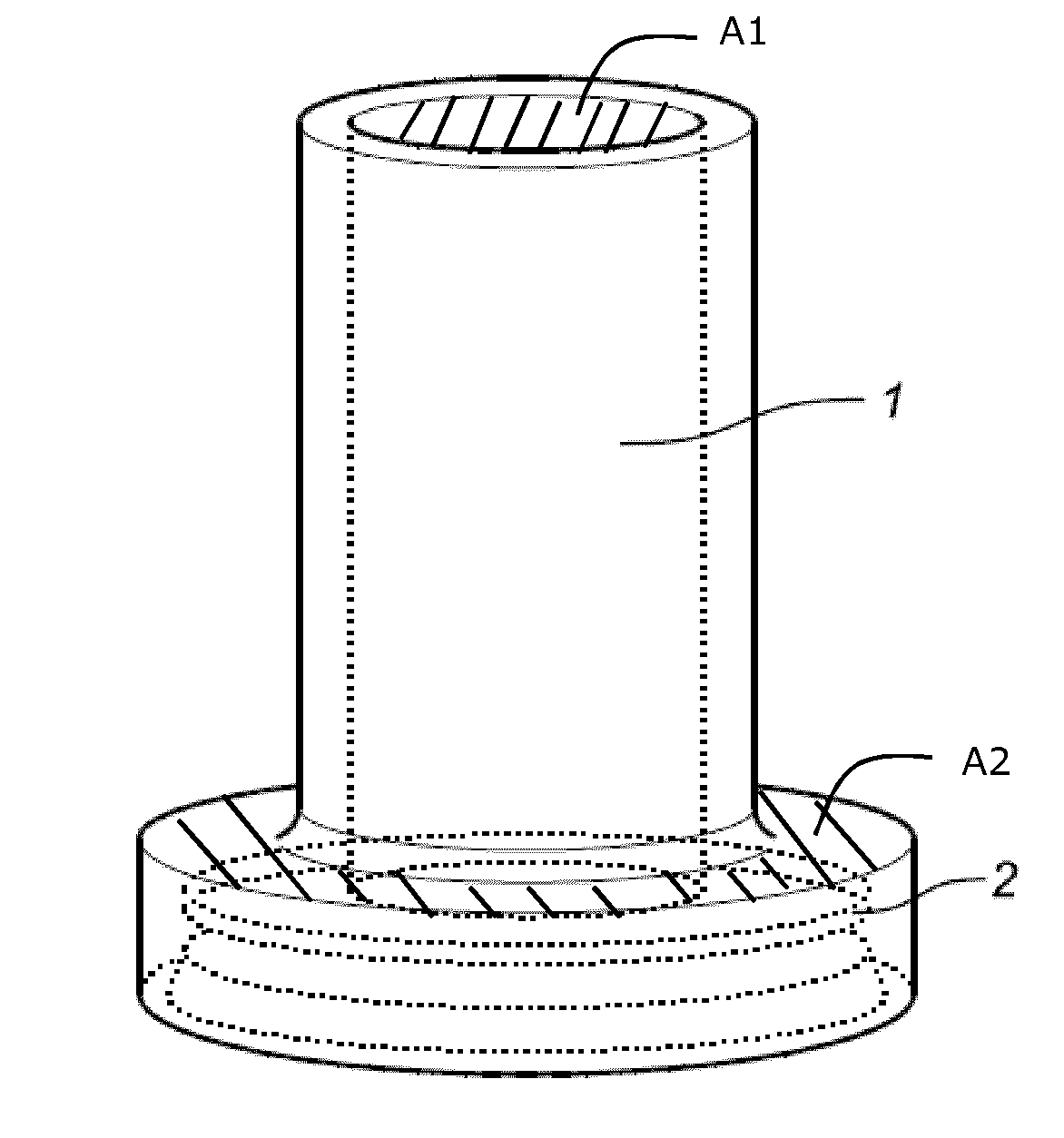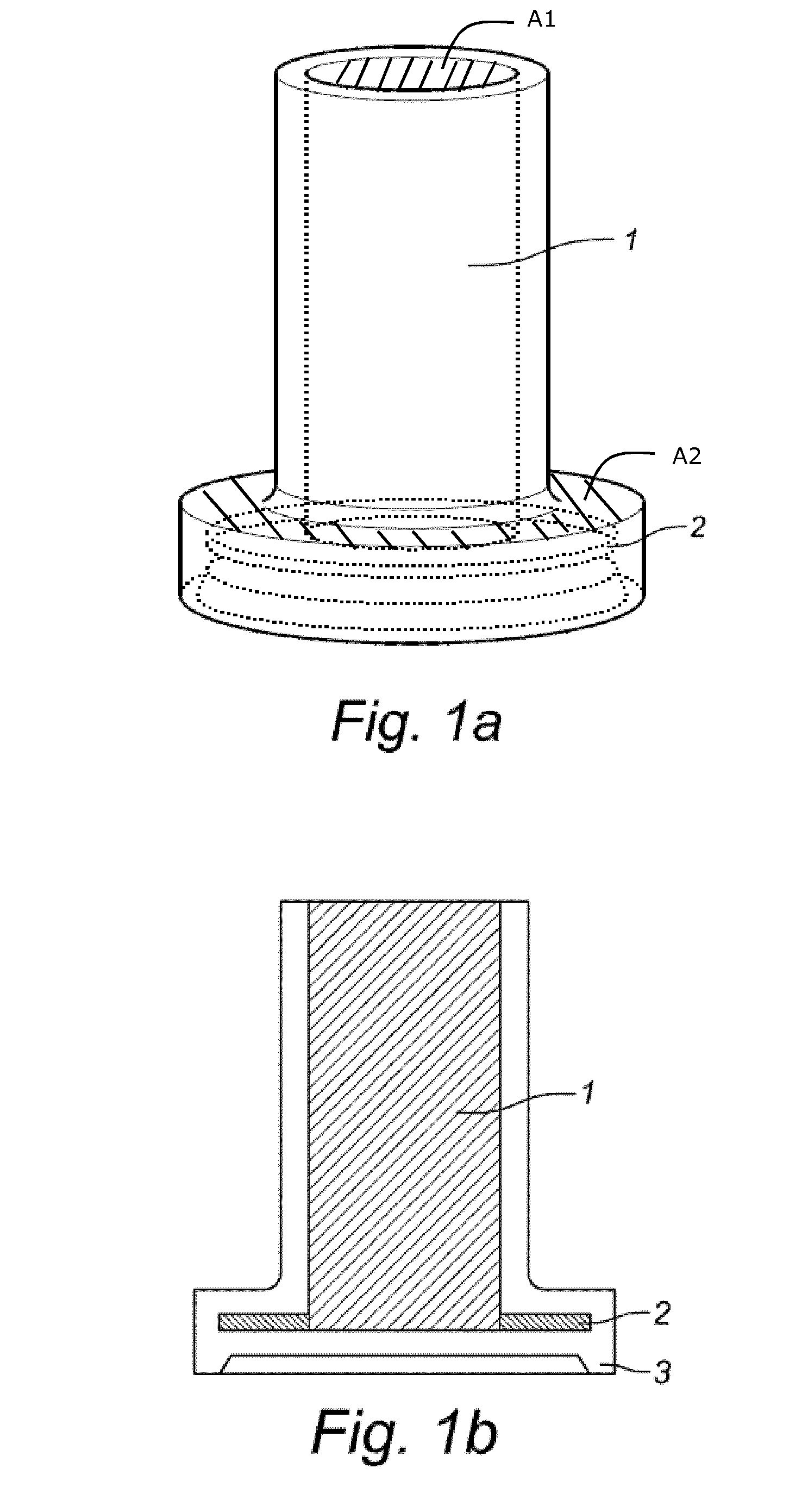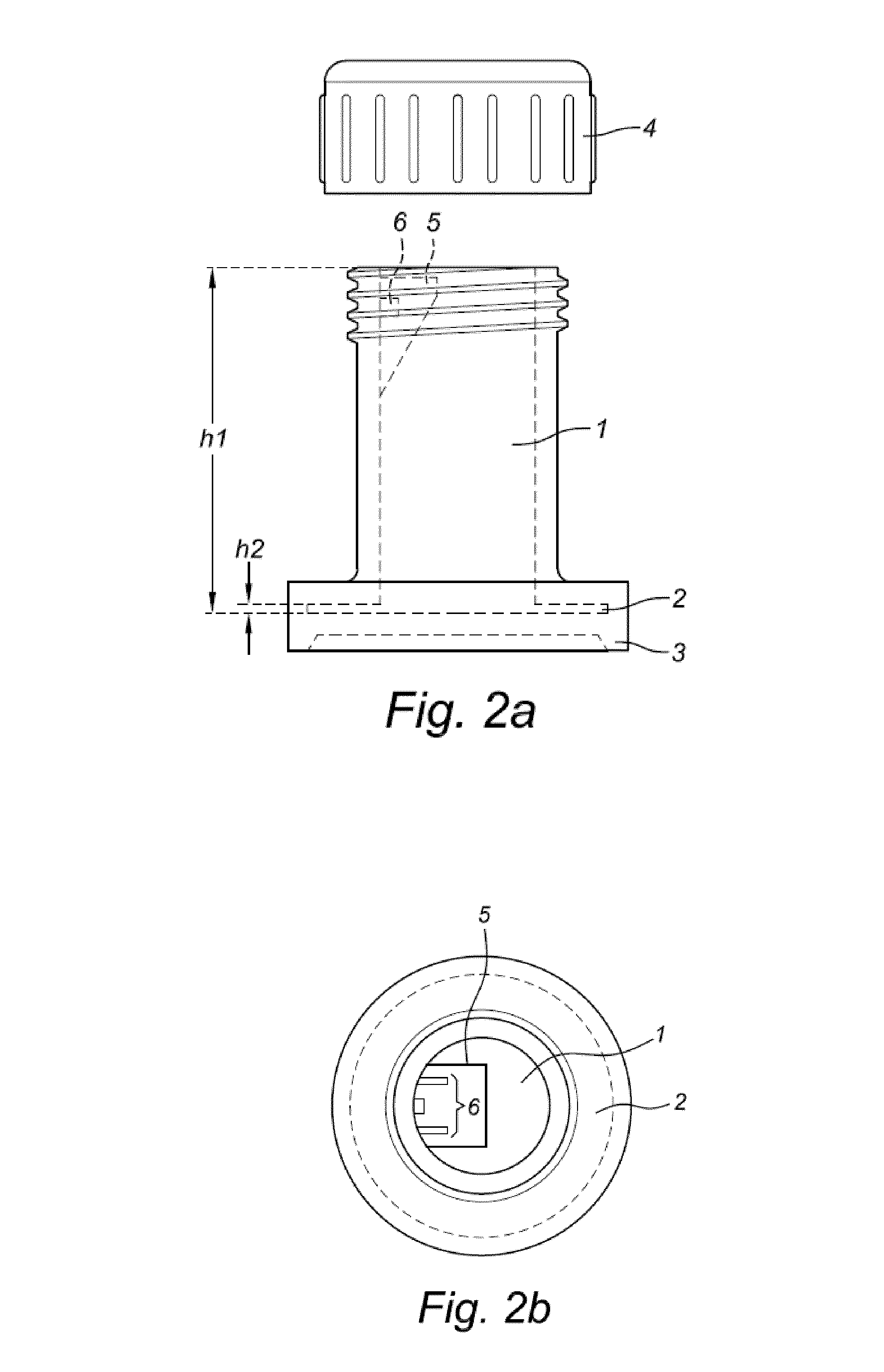Liquid medium and sample vial for use in a method for detecting cancerous cells in a cell sample
a cell sample and liquid medium technology, applied in the field of early diagnosis of cancers, can solve the problems of loss of cell structure and information stored in the sample, time-consuming and cumbersome work, and requires well-trained specialists, and achieve the effect of fast and accurate prediction, without the need of cumbersome and laborious handling steps
- Summary
- Abstract
- Description
- Claims
- Application Information
AI Technical Summary
Benefits of technology
Problems solved by technology
Method used
Image
Examples
experimental example 1
[0152]Samples of 16 selected patients previously diagnosed by the Thinprep® liquid based cytology confirmed by HPV Abott® assay or histology diagnosis for CIN2 / 3, were obtained and analyzed by the method of the current invention. Samples were collected by means of a cervical brush and immediately solubilized in a liquid medium of the current invention, comprising a labelled (fluorescent) biomarker against either HPV E6 or E7 protein (samples were divided in two groups of 8 samples, one group received the liquid medium with anti-E6, the other with anti-E 7).
[0153]DHM enables a quantitative multifocal phase contrast imaging that has been found suitable for quantitative and qualitative inspection, and for 3-dimensional cell imaging. Both biomarker data and morphological data was obtained.
[0154]188 cells were identified and measured in an automated way. Cells were in a first instance analyzed based on the presence of HPV specific proteins. In a second instance, information regarding the...
experimental example 2
[0158]In a similar set-up, cervical samples of 15 patients were obtained and solubilized in a liquid medium of the current invention, comprising a fluorescently labelled bio-marker against p16 (antibody). A linear correlation between cells found to be positive for p16 and predicted cancerous based on the obtained morphological data was shown.
experimental example 3
[0159]Experiment 1 and 2 were samples from the same patients, this time with biomarkers labelled with gold plated nanoparticles. Comparable results were obtained as in example 1 and 2.
[0160]The method of the current invention, using combined morphological and biomarker data (e.g. E6, E7, p16, p16INK4a, Ki-67 or annexin A5 overexpression) on a cell-by-cell basis performed on cells in suspension increased the sensitivity and specificity for detection of (pre)cancerous cells (e.g. a CIN2 an CIN3 lesion to more than 90%, compared to currently known single tests such as PAP smear and HPV DNA.
PUM
| Property | Measurement | Unit |
|---|---|---|
| concentration | aaaaa | aaaaa |
| concentration | aaaaa | aaaaa |
| temperature | aaaaa | aaaaa |
Abstract
Description
Claims
Application Information
 Login to View More
Login to View More - R&D
- Intellectual Property
- Life Sciences
- Materials
- Tech Scout
- Unparalleled Data Quality
- Higher Quality Content
- 60% Fewer Hallucinations
Browse by: Latest US Patents, China's latest patents, Technical Efficacy Thesaurus, Application Domain, Technology Topic, Popular Technical Reports.
© 2025 PatSnap. All rights reserved.Legal|Privacy policy|Modern Slavery Act Transparency Statement|Sitemap|About US| Contact US: help@patsnap.com



